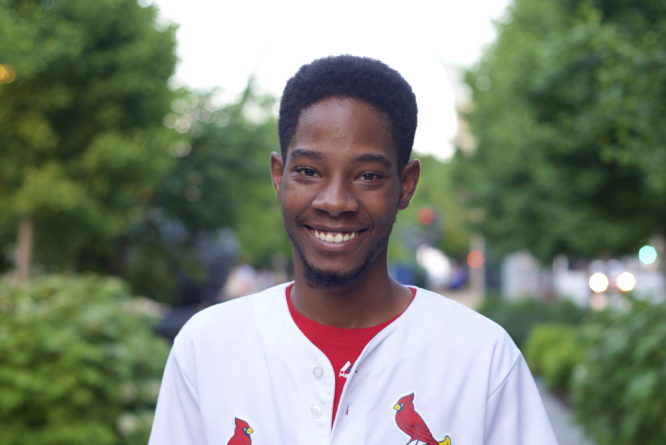Fostering Innovation and Organizational Capacity
The expert testimony, research, scholarship, and lived experience collected by the Commission revealed the following:
- There were 18,584 public charities in Missouri in 2003 (National Center for Charitable Statistics, 2013). This number increased by over 20 percent in 2013 when there were 22,593 public charities in the state. The state was also witness to a 51 percent increase in the number of private operating foundations (National Center for Charitable Statistics, 2013). In 2012, there were 53.8 nonprofits per 10,000 Missouri citizens (National Center for Charitable Statistics, 2012). In St. Louis there are 2,443 nonprofits with an additional 6,631 in the County (National Center for Charitable Statistics, 2015). Many of these nonprofits are in the area of education.
- In Missouri, the funding formula is designed to calculate how much a district needs to deliver an adequate education (per student), taking into consideration local revenue. Local revenue varies sharply across districts and can lead to great disparity in available funding (The Missouri Budget Project, 2014). For example, in 2014, the Clayton school district funding gap was just $34 per student, while the Potosi school district’s gap was $978 per student (The Missouri Budget Project, 2014).
- A recent analysis of this disparity found that, nationally, the highest poverty school districts receive about $1,200 less in funding per student than the lowest poverty districts, and that districts with the most Black students receive about $2,000 less per student than those districts with the fewest Black students (Ushomirsky & Williams, 2015).
These findings prompted the Commission to draft several calls to action that encourage coordinated and robust innovation and organizational capacity in the area of education.
To that end, the Commission issues the calls to action below.
Take Action
Change your environment
Build trauma-informed communities and spaces.
Support great school climates
While policy changes are important to changing the landscapes of our schools, it is only effective when paired with culture changes. Engage with your child’s school to facilitate a great school climate and culture for all students, teachers and administrators. This can take the form of attending PTA meetings, starting discussion groups with other parents, or…
Suggested Reading List
Ushomrsky, N. & Williams, D. (2015). Funding Gaps 2015: Too Many States Still Spend Less on Educating Students Who Need It Most. The Education Trust. Retrieved from: https://1k9gl1yevnfp2lpq1dhrqe17.wpengine.netdna-cdn.com/wp-content/uploads/2014/09/FundingGaps2015_TheEducationTrust1.pdf
Citations
- Missouri School Funding Gap Hits Some More Than Others (2014). Associated Press/CBS St. Louis. Retrieved from: https://stlouis.cbslocal.com/2014/03/19/missouri-schools-suffer-due-to-funding-shortfall/
- National Center for Charitable Statistics. (2015). NCCS All Registered Nonprofits Table Wizard. Retrieved from: https://nccsweb.urban.org/tablewiz/bmf.php
- National Center for Charitable Statistics. (2013) Number of nonprofit organizations in Missouri, 2003-2013. Retrieved from: https://nccsweb.urban.org/PubApps/profile1.php?state=MO
- National Center for Charitable Statistics. (2012). Number of registered nonprofit organizations by state, 2012. Retrieved from: https://nccsweb.urban.org/PubApps/reports.php?rid=2
- The Missouri Budget Project (2014). A Shaky Foundation: Missouri Underfunding the School Formula. Retrieved from: https://www.mobudget.org/wp-content/uploads/2014/06/A_Shaky_Foundation.pdf
- Ushomirsky, N. & Williams, D. (2015). Funding Gaps 2015: Too Many States Still Spend Less on Educating Students Who Need It Most. The Education Trust. Retrieved from: https://1k9gl1yevnfp2lpq1dhrqe17.wpengine.netdna-cdn.com/wp-content/uploads/2014/09/FundingGaps2015_TheEducationTrust1.pdf


